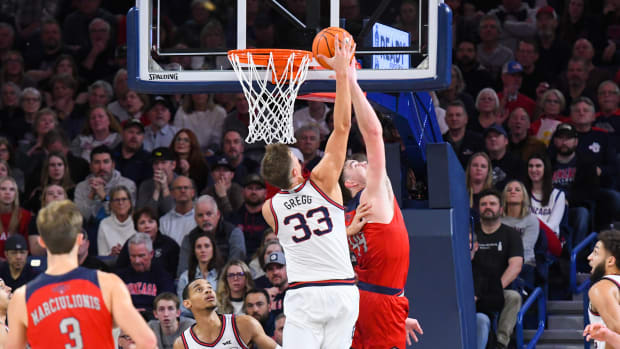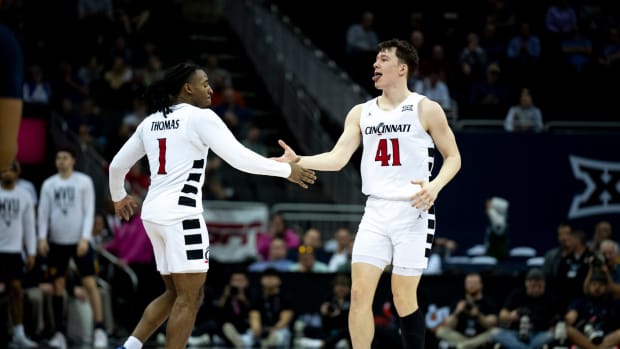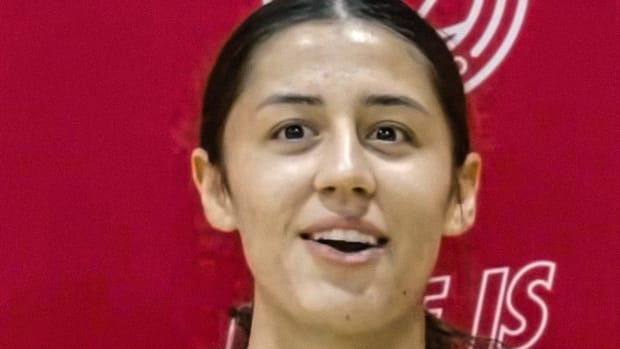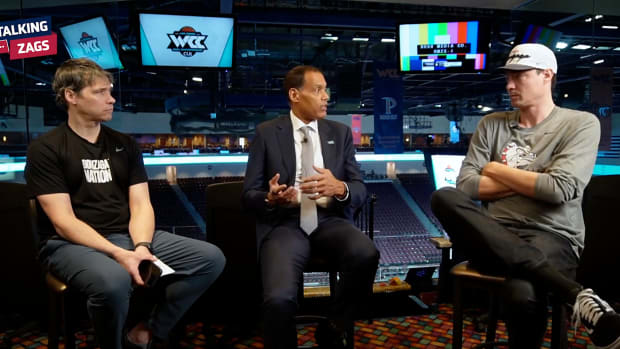March Madness Preview Shows Complications in 2019 With Geography, Competitive Balance
On Saturday afternoon, the NCAA tournament selection committee continued its tradition (born way back in 2017) of offering the world an early glimpse at the top 16 seeds in the NCAA tournament if the season ended that day. Of course, the season didn’t end that day—there were roughly a dozen games being played within the hour of the reveal—but that doesn’t mean the exercise is pure exhibition. With five weeks and a day to go before the actual bracket is set, here are five thoughts on this season’s bracket preview.
1. No alarms and no surprises. The top four seeds were the same quartet everyone should have expected, with the only real question being how they would be ranked within the top seed line. The rest of the top 16 was predictable as well: the Bracket Matrix, which aggregates various media projections to arrive at a general consensus bracket, agreed with 15 of the committee’s 16 selections right down to the seed line, with the only departure being the committee preferring Iowa State (13th overall on the committee’s list, 17th on the Matrix) over Villanova (14th on the Matrix, 17th on the committee’s list, according to Muir). While things may be different when further down the seed list or with bubble choices, it seems like the current perceptions outside the selection room are pretty much in line with those inside it.
2. The NET effect is TBD. One of this year’s more intriguing subplots among bracket prognosticators is just how much the NET rankings, which the NCAA introduced this season to replace the widely panned RPI, will impact the committee’s choices. The early indication is... not a ton? Maybe? It’s hard to get too much of a read when you’re only dealing with the top teams, but Virginia Tech, ranked 10th in the NET, and Texas Tech, ranked 16th in NET, were the only teams top 16 in those rankings not included on the committee’s list, and Muir said they were in the mix for the last No. 4 seed anyway. More notably, Kansas was a No. 3 seed despite being 18th in the NET (in line with a No. 5) and Marquette was a No. 3 despite being 21st in the NET (in line with a high No. 6 or low No. 5). Given that projections generally had those teams in those ranges anyway, it’s difficult to conclude how much the NET influenced the committee in arriving to those same conclusions. More revealing will be who gets and doesn’t get those last few at-large bids come March.
3. The geography and competitive balance will be tricky this year. When placing the top four teams in each region, the committee considers both those teams’ proximity to the sites hosting the regional semifinals and finals and the balance among the teams in that region based on the committee’s overall seed list. (There are also considerations for teams’ conference affiliations.) Complicating those considerations is how relatively clustered many of the top teams are, with the current top three overall seeds—Duke, Tennessee, and Virginia—occupying a trio of neighboring states in the upper South not far (relatively) from two of the region sites, in Louisville and Washington, D.C. The pecking order for those three could determine which ends up shipped to Kansas City. Speaking of which, Kansas wound up in the West region, based in Anaheim, Calif., because of the committee’s efforts to balance the level of competition between the groups. But Muir did say the committee would “have no problem” sending the Jayhawks to Kansas City even as a No. 3 seed, which would give them something of an unusual advantage over that region’s two higher seeds in any second-weekend matchups.
4. Villanova, Virginia Tech, Texas Tech, and LSU fans, worry not. Muir said those four teams were also considered for the final No. 4 seed, which went to Wisconsin. So if you were looking for your team and felt let down and hanging around, know that you’re among those next in line. Plus...
5. This only means so much. Yes, it can be insightful to know how the committee is reading this year’s field and fun to drum up some early tourney buzz. But with so many games left to play, plenty can change. Last year Oklahoma was a No. 4 seed in this early tease, then wound up slipping all the way to a No. 10 seed; at the same time, Michigan was not in last year’s top 16, then wound up a No. 3 seed that reached the national championship game. Then again, besides Oklahoma, all 15 of the other teams in last February’s preview wound up at least in the top 20 on the overall seed list, and in 2017 all 16 teams ended up among the top 17. (For those interested, here is a more detailed look at how the previous two iterations fared.) How will this year’s February glimpse fare? We’ve got five more weeks and a lot of basketball to go before we know.




